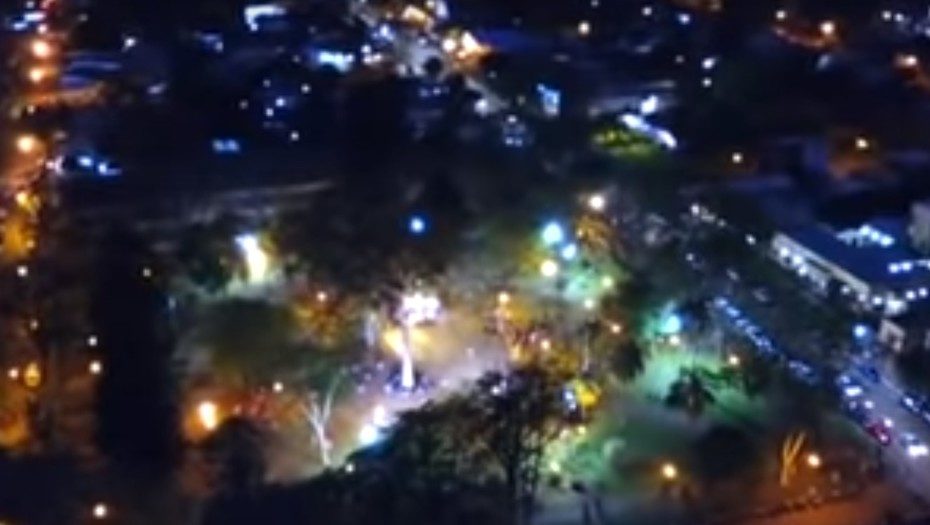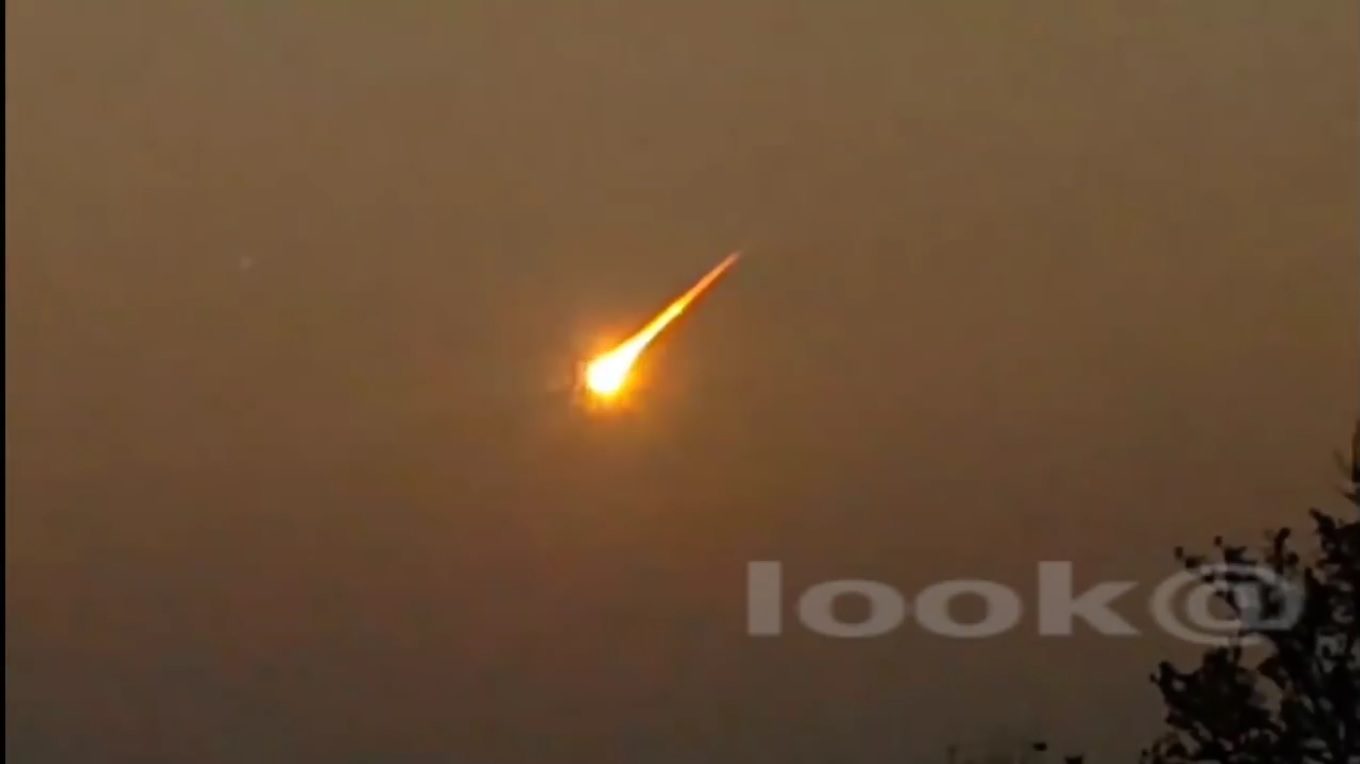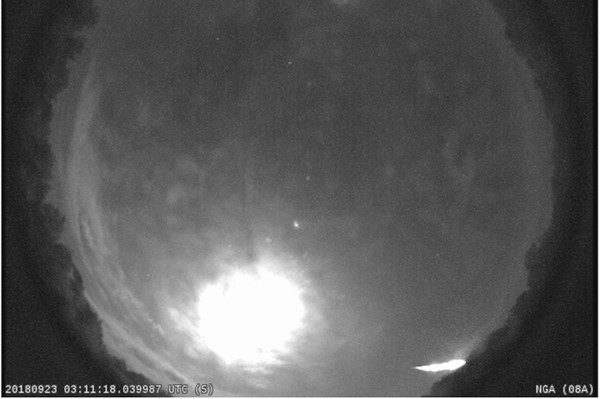
A flash in the sky was reported over Misiones, Argentina.
A bright meteor fireball streaked through the night sky over Argentina on October 15, 2018, illuminating both sky and ground.
Sergio Toscano, former director of the Adolfo Kolping Observatory of Posadas, claims the flash that lit the southern sky of Misiones and the north of Corrientes was produced by a meteor,
reports Clarin.
Toscano said: "I am inclined to think that it was a meteor that when in contact with the Earth's atmosphere became incandescent to the point of exploding and fragmenting."
Social networks were populated with comments about a fleeting light that lit up the sky for a few seconds. In the area of Concepción de la Sierra, in Misiones, there was an explosion in the sky and a 'slight earthquake' that was felt in the homes.
Gobernador Virasoro, a firefighter who witnessed the incident said, "it was practically daytime,"
according to
Teletrece.


Comment: Last month a very bright meteor fireball with sonic boom lit up the Alabama sky.